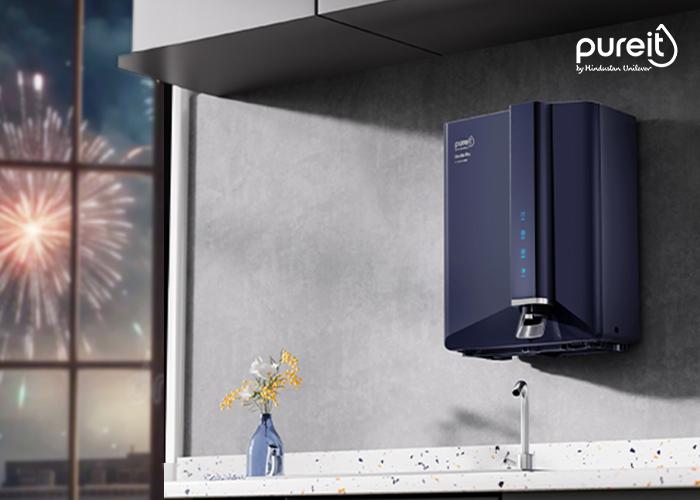Water is the essence of life, and ensuring its purity is paramount for human health. With increasing concerns about water contamination, investing in a reliable water purification system has become essential for many households. Among the various purification technologies available, Reverse Osmosis (RO) stands out as one of the most effective methods for removing contaminants and impurities from water. In this guide, we'll delve into the key features and considerations to help you choose the best RO water purifier for your needs.
Understanding Reverse Osmosis (RO) Technology:
Reverse Osmosis is a water purification process that utilizes a semipermeable membrane to remove ions, molecules, and larger particles from drinking water. It works by applying pressure to the water, forcing it through the membrane, while contaminants are left behind. RO systems are capable of removing a wide range of impurities, including dissolved solids, heavy metals, chemicals, bacteria, and viruses, providing clean and safe drinking water.
Key Features to Look For:
Filtration Efficiency: Opt for an RO purifier with a high filtration efficiency, capable of removing contaminants down to microparticle levels.
TDS Reduction: Total Dissolved Solids (TDS) include various inorganic salts, metals, and minerals dissolved in water. A good RO purifier should effectively reduce TDS levels, improving water taste and quality.
Purification Capacity: Consider the purification capacity of the RO system, which determines how much water it can purify per day. Choose a capacity suitable for your household's daily water consumption.
Storage Tank: Look for models with a built-in storage tank to ensure a constant supply of purified water, especially during peak usage hours.
UV or UF Filtration: Some RO purifiers come with additional UV (Ultraviolet) or UF (Ultrafiltration) filtration stages to further eliminate bacteria, viruses, and cysts from the water.
Energy Efficiency: Select an energy-efficient RO purifier to minimize electricity consumption and operating costs over time.
Brand Reputation and Customer Reviews:
Research reputable brands known for manufacturing high-quality RO water purifiers. Check customer reviews and ratings to gauge user satisfaction and reliability. Brands with a proven track record of performance and after-sales service are generally more trustworthy choices.
Water Quality Testing:
Before purchasing an RO water purifier, consider conducting a water quality test to identify the specific contaminants present in your water supply. This information will help you choose an RO system with the appropriate filtration capabilities to address your water quality concerns effectively.
Budget Considerations:
While quality should be a primary consideration, it's essential to balance performance with affordability. Set a budget range based on your requirements and explore options within that range. Consider long-term savings on maintenance and operating costs when evaluating the overall value of the RO purifier.
Installation and Maintenance:
Ensure that the RO purifier you choose is easy to install and maintain. Look for models with user-friendly interfaces and clear instructions for installation, filter replacement, and maintenance tasks. Regular maintenance, including filter replacement and system cleaning, is crucial to ensure optimal performance and prolong the lifespan of the RO purifier.
In conclusion, selecting the best RO water purifier involves considering factors such as filtration efficiency, purification capacity, brand reputation, water quality testing, budget, and ease of installation and maintenance. By evaluating these key aspects and conducting thorough research, you can make an informed decision and choose an RO purifier that meets your water purification needs effectively. Remember that investing in a high-quality RO water purifier is an investment in the health and well-being of your family.
